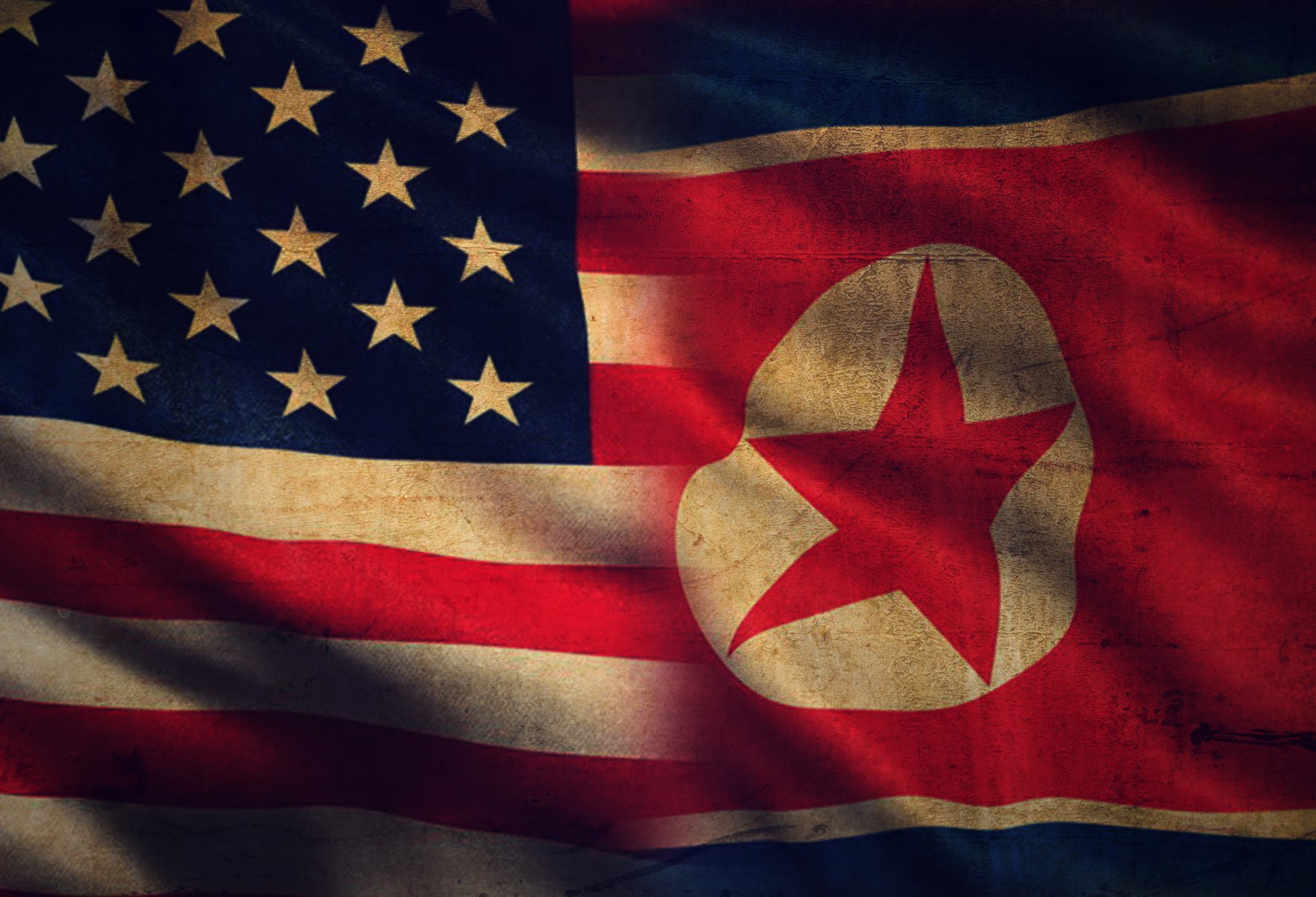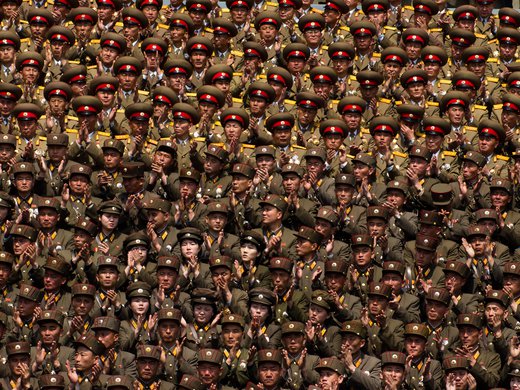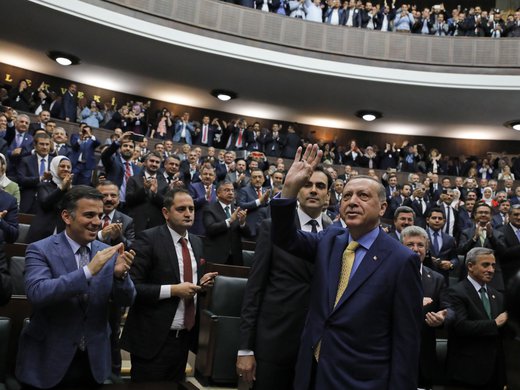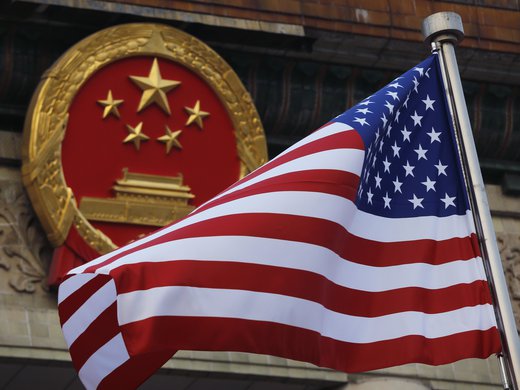Donald Trump may have a bigger nuclear button than Kim Jong Un, but North Korea is driving events right now.
While Kim and Trump’s back-and-forth is disturbing, their rhetoric is aimed at domestic audiences. And while we’ve focused on the threats and insults that these two leaders throw at each other, we’ve missed the larger story: namely, that the North Korean government holds the upper hand in its decades-old dispute with the United States and that since this summer — with only small exceptions — the US and its allies have been reacting to North Korean policy. Kim Jong Un is shaping the conflict — and its possible solutions — right now.
Should it be this way? North Korea is, after all, a tiny military power (spending about 0.5 per cent of what the US does on the military), an even smaller economy (with a gross domestic product about the same size as Appleton, Wis.), and a diplomatic lightweight (only 24 countries have embassies in North Korea).
The United States also has the globe on its side: the UN Security Council passed five resolutions in 2017 calling on the world to punish North Korea for its nuclear and ballistic missile activities. None of this has been sufficient to fundamentally change North Korea’s nuclear posture.
This is because North Korea has managed to change the rules of the game this past year. While Pyongyang crossed the nuclear Rubicon in 2006, it struggled to turn that rudimentary capability into a proper tool for deterrence or blackmail.
Western intelligence suggested North Korea’s bomb designs were clumsy and potentially unreliable, and Pyongyang could not field an intercontinental ballistic missile (ICBM) to boot. What North Korea had was a nuclear explosive that could be used in a last-ditch effort to ward off regime change, but little else. Time was on our side, and North Korea could be convinced to give up its crude nuclear achievements.
This summer, the world was forced to update its beliefs about North Korea. In July, Kim Jong Un gave Donald Trump an Independence Day “present” by showing the world that North Korea, through hook, crook (and perhaps off-the-shelf Russian technology) has a working ICBM design. The US Defense Intelligence Agency then predicted that North Korea could field a nuclear-armed ICBM by 2018. This was at least two years ahead of the previous consensus.
With this new-found success, North Korea may have closed the door on negotiating its nuclear capabilities away. History and psychological science has long demonstrated that people value what they have more than things they could obtain. Now North Korea either has — or nearly has — a bona fide deployable nuclear weapon capability.
Striking a “grand bargain” — where Pyongyang permanently and verifiably denuclearizes in return for a peace treaty with the South, economic aid, and normalized relations with Washington — suddenly became even less likely. Capping North Korea’s nuclear capabilities, rather than dismantling them, is now the realistic policy goal.
The US and its allies are still sticking to the goal of denuclearization. While this may be a wise bargaining move (should talks with Pyongyang happen), it puts Washington at a strategic disadvantage. The Workers Party of Korea has built a durable government, one that can weather severe economic sanctions so long as it keeps its base of party supporters happy and comfortable.
Sticking to the position that talks with North Korea will only happen on the condition that Pyongyang agrees that those talks will end in denuclearization leaves Washington with few options. Every time North Korea tests a missile, the US can impose new sanctions, or hollowly threaten war. But so long as Kim’s cadres are comfortable, they will be in no rush to give up their nuclear bargaining chip. They’ll wait for the US to lower its demands. They have the patience and the pain tolerance.
So North Korea gets to set the pace. They can revive the crisis hotline with Seoul, knowing that President Moon Jae In’s administration (who campaigned on improving relations with Pyongyang) has to take the call, even if it risks driving a wedge between South Korea and the US.
It’s time to re-evaluate the North Korea problem and readjust our expectations. Turning the clock back to 2005 may not be possible, but something better than Trump and Kim’s feud is.
The Vancouver Group summit happening next week — a chance for like-minded governments to examine where things when wrong — could not arrive at a better time.
This article originally appeared in the Toronto Star.



